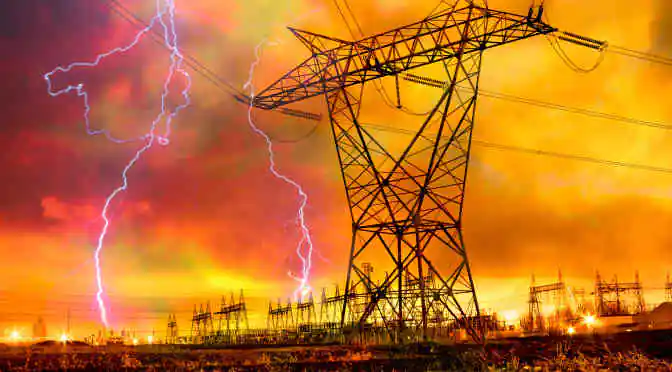This month, North Korea completed its fifth successful nuclear test, which the country claims is its strongest. North Korea has been touting its nuclear abilities for the last decade, however, although the details of this latest test have not yet been released, it may be the most definitive one to date. With that said, a critical question remains: is North Korea’s nuclear program truly capable of making a serious impact, or is this just another act of muscle flexing? Further, on a larger scale, what are the implications of continued nuclear development?
As outlined in an article published by BBC News just three days ago, the powerfulness of a nuclear test is dependent on several factors. Hydrogen bombs are stronger than atomic ones, and the use of uranium versus plutonium is important, as the plutonium supply in North Korea is finite and requires large facilities to be produced, whereas its uranium supply is abundant and uranium enrichment can be conducted in secret. If North Korea did in fact use a hydrogen bomb as well as uranium in its latest test, this could be a turning point for the country’s nuclear development. This year’s tests have been condemned by the international community, however, implementing a nuclear deal in North Korea has proven to be extremely difficult. While a great deal of information about the test remains unconfirmed, it certainly shouldn’t be written off as just another instance of North Korea “showing off,” especially if uranium enrichment is in fact taking place.
North Korea isn’t the only one interested in boosting its nuclear weapon supply. Iran has long been a proponent of nuclear power, which was emphasized in the 2015 nuclear deal between Iran and P5+1, put in place as a result of concerns over the country’s nuclear weapon development. While Iran has supposedly upheld its end of the bargain, according to an article published by Reuters, just two days ago the country began building a second nuclear plant with the help of Russia in a $10 billion dollar project. While this new project continues to adhere to the restrictions laid out in the nuclear deal, and Iran insists that its nuclear development is for “peaceful purposes only,” many questions still remain and the deal continues to be a major source of debate, especially as future plans include the building of eight reactors in total.
While you may remember learning things about nuclear weapons in school such as “the US has enough nuclear weapons to destroy the world multiple times over,” the term “nuclear” shouldn’t have strictly negative connotations. The development of nuclear power has created an entire economy that has resulted in alternative energy sources leading to diversification (which helps balance costs as well as environmental impact), hundreds of thousands of jobs, and huge revenues. Taxes generated from nuclear plants go to helping schools and local infrastructure. Nuclear development can lead to positive outcomes; unfortunately, however, WWII set a precedent for a nuclear arms race, which combined nuclear technology and the concept of power to create massively devastating weapons. For countries like North Korea and Iran, emphasizing a sense of ownership and control is key. The important thing to remember here is that the implications of nuclear technology are both serious and far-reaching. Creation and the reasons behind that creation are just as critical as usage, therefore, in order to ensure that nuclear development results in the right kind of advancement, it is up to the international community to keep it in check, even it means having to make bold moves and form unexpected alliances.
Want to learn more about the latest developments in nuclear power and other power-related industries?



